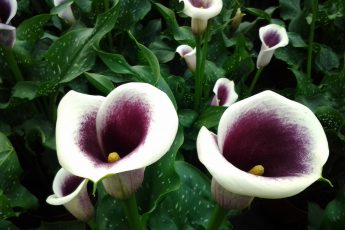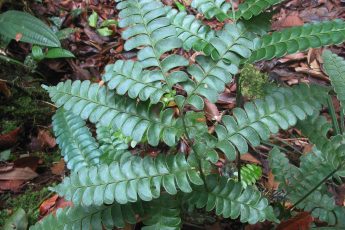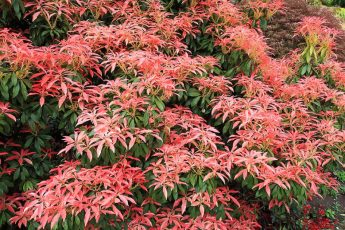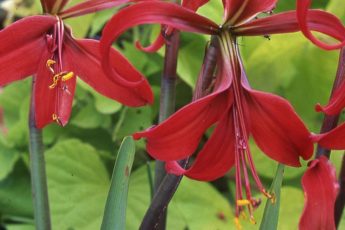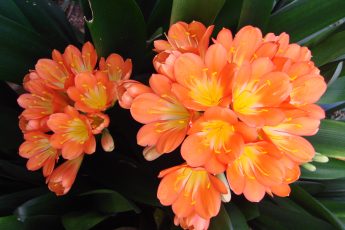The Myrtus, more commonly known as myrtle, is an exquisite evergreen plant that brings a touch of elegance to any indoor or outdoor setting. Known for its glossy leaves and fragrant white flowers, myrtle has captivated garden enthusiasts worldwide. Native to the Mediterranean region, Azores, and parts of North Africa, it is a member of the Myrtaceae family and is cherished for its ability to adapt to various growing conditions. This article provides a detailed guide to the care and cultivation of Myrtus, ensuring that your plant thrives and enhances your living space with its delicate beauty.
Understanding Myrtus: A Botanical Overview
Myrtus is renowned for its manageable growth and ease of care, although it can present minor challenges for beginners. In an indoor environment, myrtle can achieve heights of up to 1-1.5 meters, making it an ideal choice for a houseplant or a small garden shrub. Its growth rate is relatively slow, with an annual increase of approximately 10-15 cm depending on the variety. This perennial plant boasts a long lifespan, offering years of beauty and enjoyment. However, to maintain its lush appearance, proper care and attention to its specific needs are essential.
Optimal Growing Conditions for Myrtus
Temperature: Myrtus prefers room temperatures during the summer months but requires cooler conditions in winter, ideally between 37.4-41 °F. Sudden temperature changes can cause the plant to shed its leaves.
Humidity: Myrtle thrives in high humidity environments. Regular misting is beneficial, especially in dry air conditions or during winter if the plant is kept warm.
Lighting: Myrtus enjoys a sunny location with partial shade. Insufficient light results in poor blooming, although the foliage remains vibrant under diffused light conditions.
Soil and Watering Needs
The ideal soil for Myrtus is rich, slightly acidic, and well-draining. You can use a commercial potting mix or create a homemade blend consisting of one part garden soil, one part coarse sand or perlite, and one part moist peat or humus. A pot with a drainage hole is crucial to prevent root rot.
When it comes to watering, myrtle requires a delicate balance. Use soft water and ensure the soil dries slightly between watering sessions. In the summer, water your plant once a week, ensuring that it is plentiful. During the winter months, reduce watering frequency to every 8-10 days. Avoid letting the soil dry out completely, as this can lead to leaf drop.
Feeding and Fertilization
Myrtus benefits from regular feeding with a balanced fertilizer from spring through autumn. Applying a complex fertilizer every 3-4 weeks helps sustain growth and blooming. Organic fertilizers are also advantageous, providing natural nutrients without the addition of lime.
Propagation Techniques
Myrtus can be propagated through apical cuttings or seeds. For cuttings, select shoots measuring 7-8 cm from the side branches or 5-6 cm from the main non-flowering shoot. Remove the lower leaves and treat the cut ends with rooting hormone. Plant cuttings in a peat and sand mixture, covering them with plastic to retain moisture, and maintain a temperature of 77 °F. Roots should develop within 2-3 weeks, allowing for transplantation to individual pots. Additionally, propagating through seeds is possible, although the germination process is slow. Sow seeds on a substrate surface, cover lightly with soil, and maintain a temperature of at least 69.8 °F for germination.
Pruning and Shaping
Regular pruning and shaping are essential for maintaining the desired form of your myrtle. Spring is the optimal time for pruning and pinching, particularly for small-leaved varieties. Myrtle is exceptionally versatile in terms of shaping; it can be trained into a standard tree form by removing side shoots and creating a spherical crown. Furthermore, a tree can be formed using multiple cuttings secured together with wire, offering a unique visual appeal. A well-pruned myrtle not only looks aesthetically pleasing but also promotes healthier growth and blooms.
Common Pests and Problems
Myrtle is relatively resilient but can occasionally succumb to pests such as aphids, whiteflies, and spider mites. Regular inspection and treatment with appropriate insecticides can keep these pests at bay. Over-watering or improper drainage can lead to root rot, manifested by wilted stems and decaying bases. Maintaining adequate lighting prevents issues such as elongated stems and pale leaves, while avoiding direct sunlight protects the leaves from tarnishing and curling. In winter, leaf loss is often due to warm conditions in combination with overwatering and inadequate lighting. Providing a cooler habitat and regular misting helps minimize leaf drop.
Myrtle is an excellent choice for those looking to enjoy a long-lived, fragrant shrub indoors or in the garden. By meeting its basic needs for humidity, lighting, and temperature, and following proper care and propagation techniques, any plant enthusiast can enjoy the elegance and lushness of Myrtus. Its delightful aroma and air-purifying properties further enhance its appeal in any setting. With a bit of dedication, this captivating plant can become a treasured part of your home or garden for years to come.


